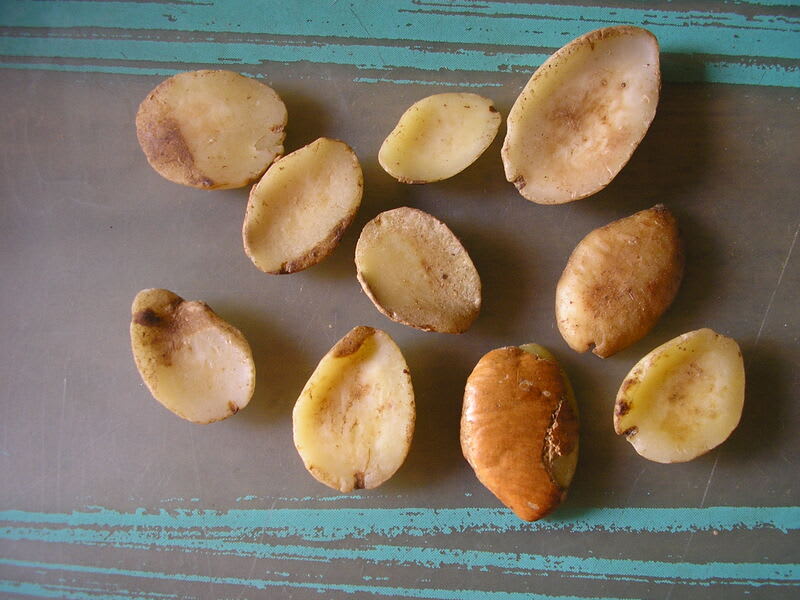African Mango, Dika Nut, Ogbono, Etima, Mbukpap uyo
Irvingia gabonensis

🌿 Morphology
🌞 Growing conditions
🌍 Origin and family
🌾 Uses
Warning: Despite the care taken in writing this sheet, it is essential to cross-reference sources before using or consuming any plant. When in doubt, consult a qualified professional
Permaculture uses
The fruit is edible, and the pulp can be eaten raw or processed into juice, jam, jelly, and wine. The seed (Dika nut) is highly valued and can be eaten raw, roasted, or ground into a paste used as a thickening agent in soups and stews. The oil extracted from the seeds is used in cooking, cosmetics, and pharmaceuticals. The tree also provides shade and can be used as a windbreak in agroforestry systems. The bark and roots have medicinal properties and are used in traditional medicine.
Permapeople description
A tropical evergreen tree valued for its edible fruit and oily seeds.
Botanical description
Irvingia gabonensis is a large evergreen tree, typically reaching 15-40 meters in height. It has a dense, rounded crown and a straight bole. The leaves are alternate, simple, elliptic to oblong, and leathery. The flowers are small, greenish-white, and arranged in panicles. The fruit is a fleshy drupe, ovoid to ellipsoid, about 5-8 cm long, with a greenish-yellow to orange color when ripe. It contains a single, large, fibrous seed (the Dika nut). The bark is smooth and greyish-brown. It belongs to the Irvingiaceae family.
Companion planting
Irvingia gabonensis is often grown in mixed cropping systems with other trees and crops, benefiting from the shade and windbreak protection it provides. Specific companion planting studies are limited, but intercropping with crops like cassava, maize, and plantains is common. The tree's deep roots can also help improve soil structure and nutrient cycling.
Propagation methods
Propagation is primarily by seeds. Seed germination rates can be improved by scarification or pre-soaking. Vegetative propagation through cuttings is also possible, but can be more challenging. Grafting and budding are also used to propagate desirable cultivars.
History and traditions
The Dika nut has been a staple food in West and Central Africa for centuries. Traditionally, the nuts are processed and used as a thickening agent in soups and stews, contributing to the diet and cultural identity of many communities. The tree also holds cultural significance in some regions, where it is considered sacred or used in traditional ceremonies. It has also been used in traditional medicine for generations.
Usage calendar
Flowering typically occurs during the dry season (November to March), and fruits ripen during the rainy season (June to October). Planting is best done at the beginning of the rainy season. Harvesting occurs when the fruits are ripe and fall from the tree. Pruning is generally done to maintain tree shape and remove dead or diseased branches.
